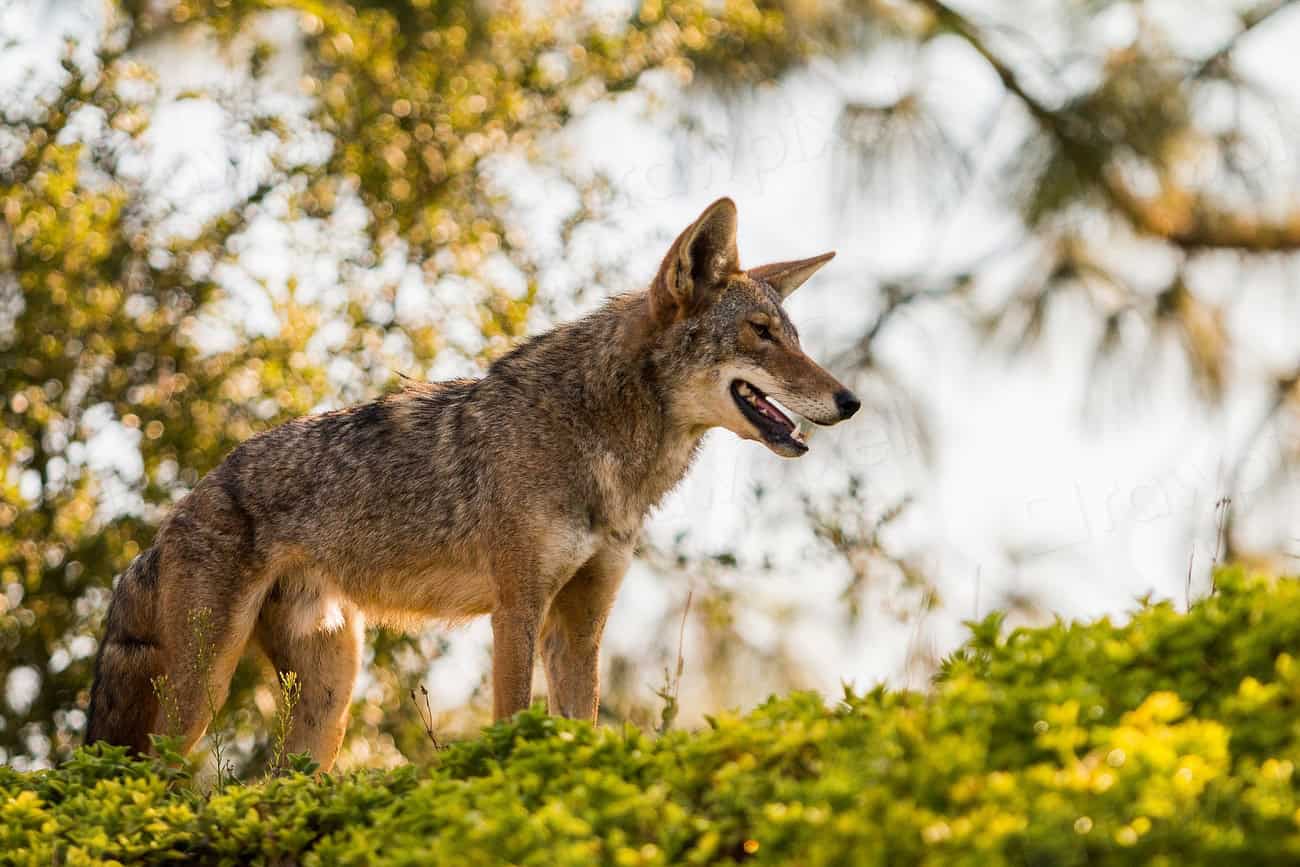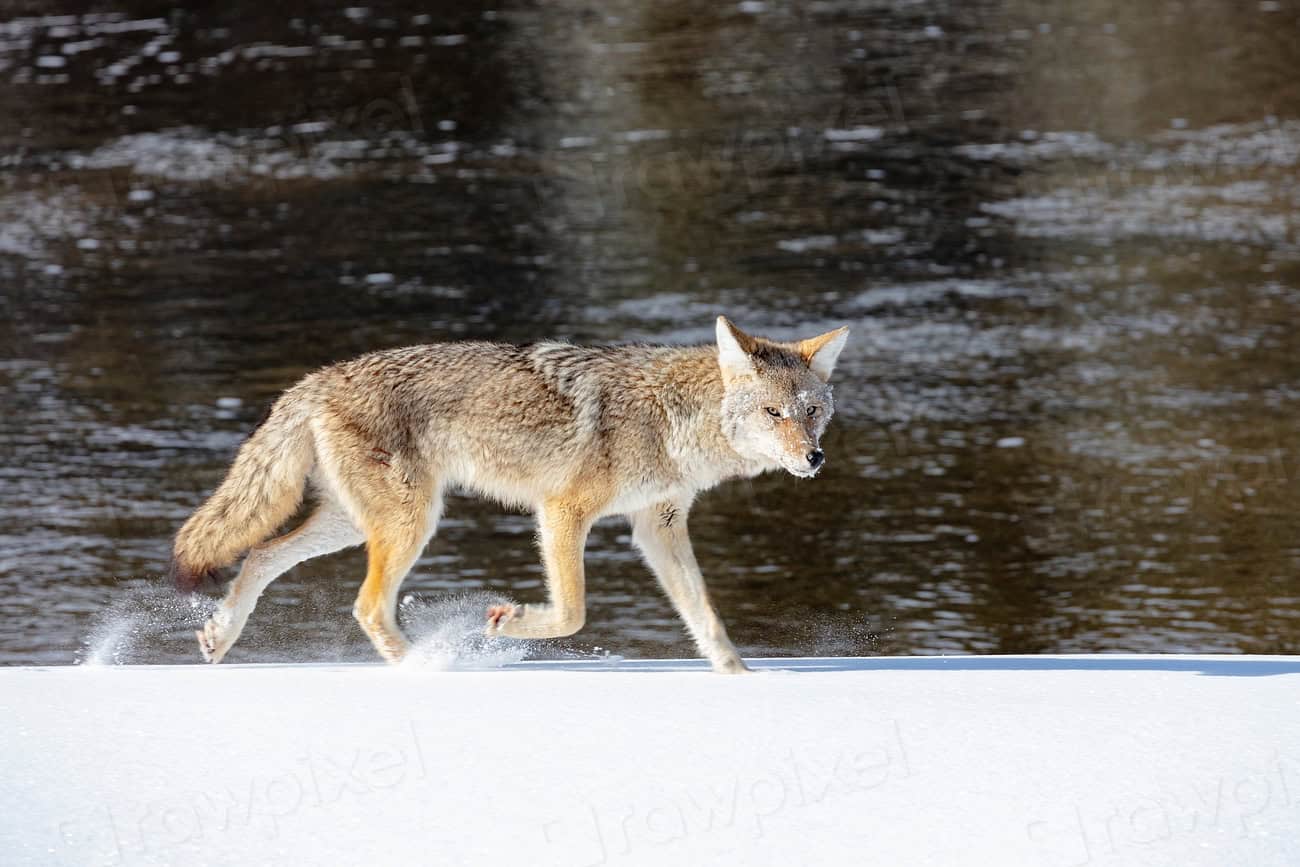Have you ever heard a wild, haunting yip in the night and wondered who—or what—was behind it? The answer is probably the clever coyote, a creature that has captured imaginations and sparked debates all across North America. Coyotes are so much more than just “prairie wolves” or sly tricksters from folklore. Their world is full of surprises, from their astonishing survival skills to the quirky ways they adapt to our ever-changing landscapes. Get ready to have your mind blown, your heart tugged, and your curiosity piqued as we dive into 16 things you probably never knew about coyotes. Whether you think of them as misunderstood neighbors or wily nuisances, one thing’s for sure: coyotes are anything but ordinary.
16 They Are Masters of Adaptation

Coyotes are the ultimate survivors. Unlike many animals that struggle when humans move in, coyotes thrive in cities, suburbs, deserts, forests, and even icy tundra. Their ability to shift their diet, hunting style, and even their social structure means they can call almost anywhere home. In fact, coyotes now live in every state in the continental U.S., even wandering the bustling streets of Chicago and New York City. A coyote in the city might raid garbage bins, hunt rats, or snack on fallen fruit, while a desert coyote hunts rabbits and lizards. Their flexibility is a big reason they’re not just surviving—they’re spreading.
15 Their Vocabulary is Surprisingly Rich

Coyotes are chatterboxes compared to many other wild animals. Their vocalizations go way beyond the classic howl—there are yips, barks, growls, and even “laughs.” Each sound has a different meaning, from calling the family together to warning off rivals. If you’ve ever sat outside on a summer night and heard a coyote concert, you know how spine-tingling and complex their language can be. Some scientists even believe a small group of coyotes can sound like a much larger pack, tricking both prey and competitors.
14 They’re Not Lone Wolves—Most of the Time

The “lone coyote” stereotype is only half true. While some coyotes strike out on their own, especially young ones looking for new territory, most prefer living in small family groups. These groups usually include a mating pair and their pups. The family works together to hunt, defend their turf, and raise the young. However, if food is scarce or the area is crowded, coyotes can go solo for a while. Their social life is as flexible as the rest of their existence.
13 Coyotes and Wolves Sometimes Interbreed

Nature doesn’t always play by the rules. In the northeastern U.S. and parts of Canada, coyotes have been breeding with wolves, creating what’s called a “coywolf.” These hybrids are typically larger than a typical coyote and have a blend of traits from both parents. Coywolves are even better equipped to hunt bigger prey and survive in forested environments. This mixing is a direct result of habitat changes and the shrinking range of wolves, showing how adaptable and persistent coyotes are at finding new ways to survive.
12 Their Diet is Incredibly Diverse

Think coyotes only eat rabbits? Think again. These opportunistic eaters will gobble up almost anything. Their menu includes rodents, insects, birds, fruit, carrion, and sometimes even household pets if food is scarce. In cities, they’ll scavenge from trash cans, snack on pet food left outside, or hunt urban wildlife like rats and squirrels. Their willingness to try new foods helps them endure tough times and challenging environments. It’s almost like they have an “eat whatever, whenever” philosophy.
11 Coyote Pups Are Raised by the Whole Family

When coyote pups are born, it’s not just the parents who look after them. Older siblings from previous litters often help feed, groom, and protect the newest arrivals. This teamwork gives the pups a better chance at survival. The den, usually hidden in a burrow or thick brush, becomes a bustling nursery every spring. The whole family brings back food and keeps a watchful eye out for danger, showing just how important family is in coyote culture.
10 They’re Surprisingly Fast and Agile

Coyotes might look a bit scruffy and awkward at first glance, but don’t be fooled—they’re built for speed. A healthy adult can sprint up to 40 miles per hour for short bursts, making it almost impossible for most prey to outrun them. Their lean bodies and long legs give them the edge when chasing down rabbits or escaping danger. And it’s not just about running—coyotes can leap over fences, swim rivers, and navigate rocky terrain with ease. Think of them as the parkour athletes of the animal world.
9 They Play a Vital Role in the Ecosystem

Without coyotes, the balance in many ecosystems would tip dangerously. By hunting rodents and rabbits, they keep populations in check, which helps protect crops and other plants. Coyotes also clean up carrion, reducing the spread of disease. In some regions where wolves have disappeared, coyotes have stepped up as the top predator, filling an important niche. Their presence helps maintain the delicate balance of life, even if they sometimes annoy their human neighbors.
8 Coyotes Are Highly Intelligent

Clever as a fox? Maybe it’s time to say “clever as a coyote.” Coyotes are problem-solvers, able to figure out traps, avoid danger, and learn from experience. In urban environments, they quickly adapt to new threats and opportunities, sometimes using crosswalks to avoid traffic or changing their routines to stay hidden from people. Some wildlife biologists even compare their intelligence to that of domestic dogs, noting their ability to learn, remember, and adapt.
7 Their Range is Expanding Every Year

A century ago, coyotes were mostly limited to the western half of North America. Now, they’ve spread all the way to the east coast and even into Central America. This incredible expansion is partly due to their adaptability but also because humans have cleared forests and removed larger predators like wolves. Coyotes have taken advantage of these changes, proving they can outsmart almost any obstacle in their path. Their journey from western prairies to city parks is nothing short of astonishing.
6 They Have a Unique Approach to Parenting

Unlike some animals that leave their young to fend for themselves, coyote parents are deeply involved. Both mom and dad help feed and protect the pups, teaching them how to hunt and survive. The pups stay with the family until they’re about six to nine months old, learning everything they need before heading out on their own. This strong parental bond gives young coyotes a head start in the wild, making them more likely to survive and thrive.
5 Coyotes Communicate With Scent as Well as Sound

Besides their vocal performances, coyotes use scent marking to communicate with each other. They leave messages through urine, feces, and scent glands, telling other coyotes about their territory, reproductive status, or recent meals. These invisible messages help coyotes avoid fights, find mates, and keep family members together. It’s like social media for wild animals—subtle but incredibly effective.
4 They’ve Been Part of Human Stories for Centuries

Coyotes are woven into the folklore of many Native American cultures, often portrayed as tricksters, teachers, or even creators. Their cunning and adaptability have made them symbols of survival and wit. In modern times, coyotes pop up in stories, cartoons, and even political debates about wildlife management. Love them or hate them, coyotes are impossible to ignore in the human imagination.
3 They Sometimes Form Unlikely Alliances

In some places, coyotes have been spotted teaming up with badgers to hunt ground squirrels. The coyote chases the squirrel above ground while the badger digs below, increasing their chances of catching a meal. This cooperation is rare in the animal kingdom and shows just how resourceful coyotes can be. It’s a surprising partnership—one that highlights their willingness to try new things if it means getting fed.
2 Urban Coyotes Live Differently From Their Wild Cousins

City-dwelling coyotes change their habits to avoid people, often becoming more nocturnal and secretive. They use parks, golf courses, and even storm drains as hiding places. Their diets shift too, with more scavenging and less hunting. Despite these changes, urban coyotes can live just as long—and sometimes even longer—than those in the wild. Their ability to adapt to city life is both impressive and a little bit eerie.
1 Their Population Is Still Growing

Even as humans try to control or relocate them, coyote numbers keep climbing. Attempts to reduce their population often backfire, as killing coyotes can trigger larger litters and more aggressive breeding. Coyotes respond to pressure with resilience, bouncing back stronger and spreading farther. This makes them one of the most successful—and controversial—wild animals in North America today.
Conclusion

Coyotes are far more complex and fascinating than most people realize. Their adaptability, intelligence, and family bonds make them a true marvel of the wild world, whether they’re trotting through city streets or roaming open prairies. So, next time you hear their eerie howl in the night, you might just find yourself smiling in wonder. Did you expect coyotes to be such incredible survivors?
- 15 Animals and Wildlife that Start with M - August 9, 2025
- The Hottest Temperature Ever Recorded in the US Desert - August 9, 2025
- 14 Myths About Horses (Busted by Experts) - August 9, 2025

